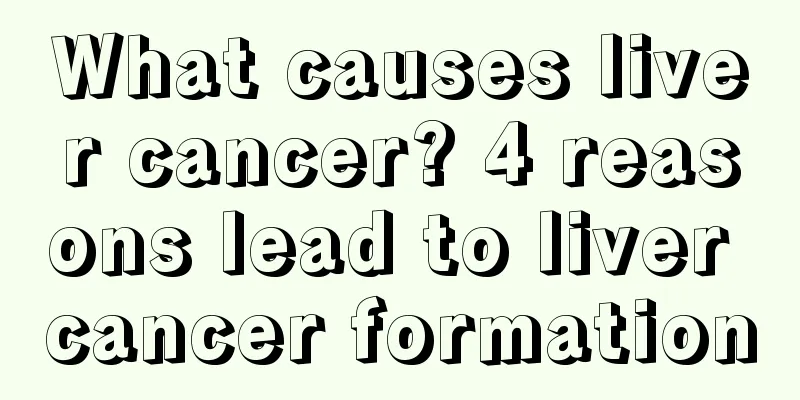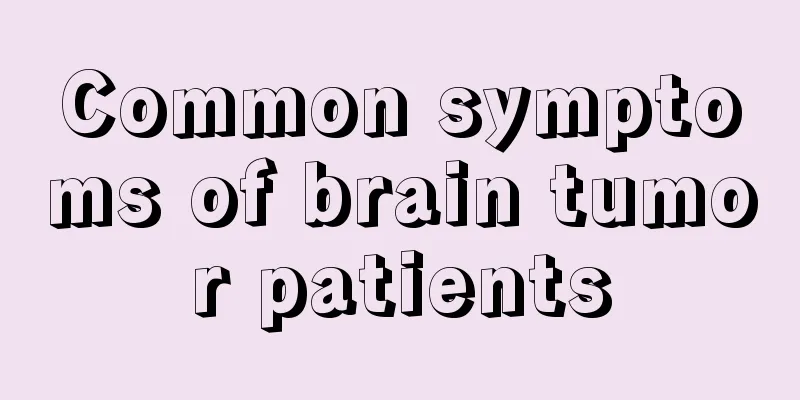How to detect early liver cancer? This examination is crucial for liver cancer

|
Liver cancer is very common in my country. If not treated in time, it can directly threaten the patient's life. Therefore, when it comes to liver cancer, we must strive to achieve early detection and early treatment. However, in the early stages of liver cancer, most people do not have any obvious symptoms. In this case, how should we detect early liver cancer? Don't worry. The current domestic novel high-end cancer prevention physical examination project PET-CT is of great significance in detecting early liver cancer. So what is PET-CT examination? How does it detect early liver cancer? Let's take a look together! First, let's take a look at the PET-CT examination: PET-CT uses positron radioactive drugs to measure the metabolic processes of sugar, protein, fat and nucleic acid and displays them visually in the form of images, so as to accurately and dynamically reflect the changes in the metabolic processes of living tissue cells, thus making PET play a unique role in the early diagnosis of diseases, the selection of treatment plans, the monitoring of therapeutic effects, the exploration of etiology and the development of drugs. Since positron radioactive drugs use micro-tracing technology, the introduction of positron radioactive drugs does not change or affect the original metabolic process in the body, so PET imaging is also called living molecular biochemical metabolic imaging. So, how does PET/CT examination detect liver cancer? In the early stage of liver cancer, there may be no obvious symptoms, so it is difficult to detect. If you rely on routine examinations, you cannot determine whether the tumor is benign or malignant. At this time, you can use PET-CT examination to judge. Because tumors have a characteristic, they have vigorous metabolism and fast growth, especially the rate of glucose fermentation will be significantly improved. And pET can just take advantage of this. It mainly injects labeled grape FDG as an imaging agent into the body to allow it to concentrate, so that bright spots appear in the image, which is the main basis of pET in tumor diagnosis. The same is true for liver cancer. pET/CT combines the functional metabolic information of pET with the anatomical positioning of CT to diagnose tumors. If pET shows obvious active metabolism, it indicates a malignant lesion. If there is no increase in metabolism, it indicates that the possibility of benign lesions is high, and the choice of surgery should be cautious. It can also perform whole-body tomography at one time, which can not only find the location of the primary lesion, but also determine whether there is metastasis to other tissues and organs. It can stage the tumor well, and at the same time, it can also find those tiny and hidden small lesions, thereby assisting doctors in formulating more suitable treatment plans for patients. Finally, pET-CT can also provide information on tumor activity, thereby predicting the effects and assisting doctors in deciding the next treatment plan. From the above introduction, it is still necessary for patients with liver cancer to do a PET-CT, especially those at high risk of liver cancer and patients with liver cancer. It is best to have a PET-CT to provide a basis for diagnosis and treatment. |
Recommend
Some explanations about puberty
We all know that a person will go through a very ...
How to eat mustard without choking
Young people nowadays prefer to eat some spicy fo...
Common sequelae after breast cancer surgery
The scary thing about cancer is not only its high...
The benefits of fennel seeds and brown sugar soaked in water
Fennel is a vegetable that we often eat in our da...
Is it okay to take anti-inflammatory drugs after taking glucose?
Glucose is familiar to everyone. It is a kind of ...
Fever at this time is most likely to be cancer
Lymphoma most commonly occurs in the neck. Genera...
What are the symptoms of ovarian cancer
Since ovarian malignant tumors grow rapidly, clin...
Will women still have menstruation after pituitary tumor surgery? What are the precautions after pituitary tumor surgery?
The pituitary gland is used to secrete hormones. ...
What are the dangers of tongue cancer in the elderly
What are the hazards of tongue cancer in the elde...
Diet therapy to protect the eyesight of computer users
The invention of computers has brought a lot of c...
Clogged hair follicles on legs
There are hair follicles of various sizes distrib...
Can ginger essential oil promote hair growth?
Ginger essential oil is a health product extracte...
Examination results of late stage renal cancer
The treatment of renal cancer metastasis is diffi...
Is endometrial cancer contagious?
Endometrial cancer is one of the common gynecolog...
How to quickly remove strawberry marks?
The so-called strawberry mark is the common kiss ...









